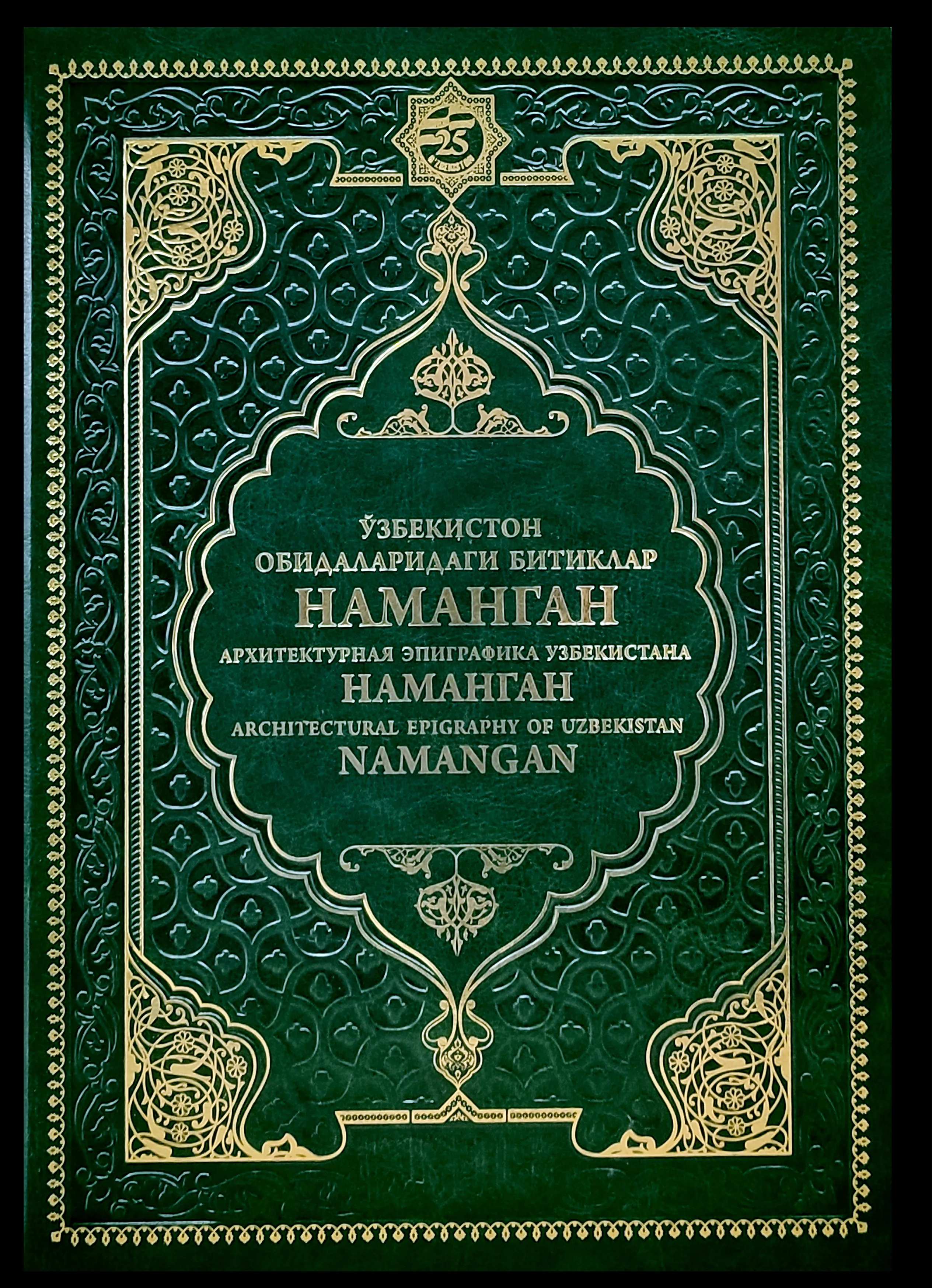ARCHITECTURAL EPIGRAPHY OF UZBEKISTAN NAMANGAN
Description
Working on this volume, specialists for the first time managed to fully decipher the inscriptions on the monuments of Khoja Amin, Mullah Kirghiz and Mavlavi Namangani, to clarify the dating of a number of monuments and, by decoding chronograms, to establish the names of donors and masters, specify the dates of repairs and identify errors in texts made during restorations.
This is the first presentation of examples of epitaphs containing data on the life and death of a number of famous sheikhs and theologians from the past.
The album presents epigraphic materials in Arabic, Persian and Old Uzbek from 12 objects dated between the 16th and 20th centuries – two madrassahs, seven mosques, three funeral and memorial complexes and some tombstones, ten of which date back from the 6th to the 14th centuries, the texts reflecting the political and religious situation at that time.
Among the architectural monuments included in the album are the Khoja Amin complex, Mavlavi Namangani mausoleum, Makhdumi Ishan and Shaykh Iskhaq Ishan mosques, Mullah Kirghiz madrasah, Alakhan Makhduma mosque, Gayibnazar Kadiya madrasah, Chadak mosque and Uwaisa al-Karani complex.

